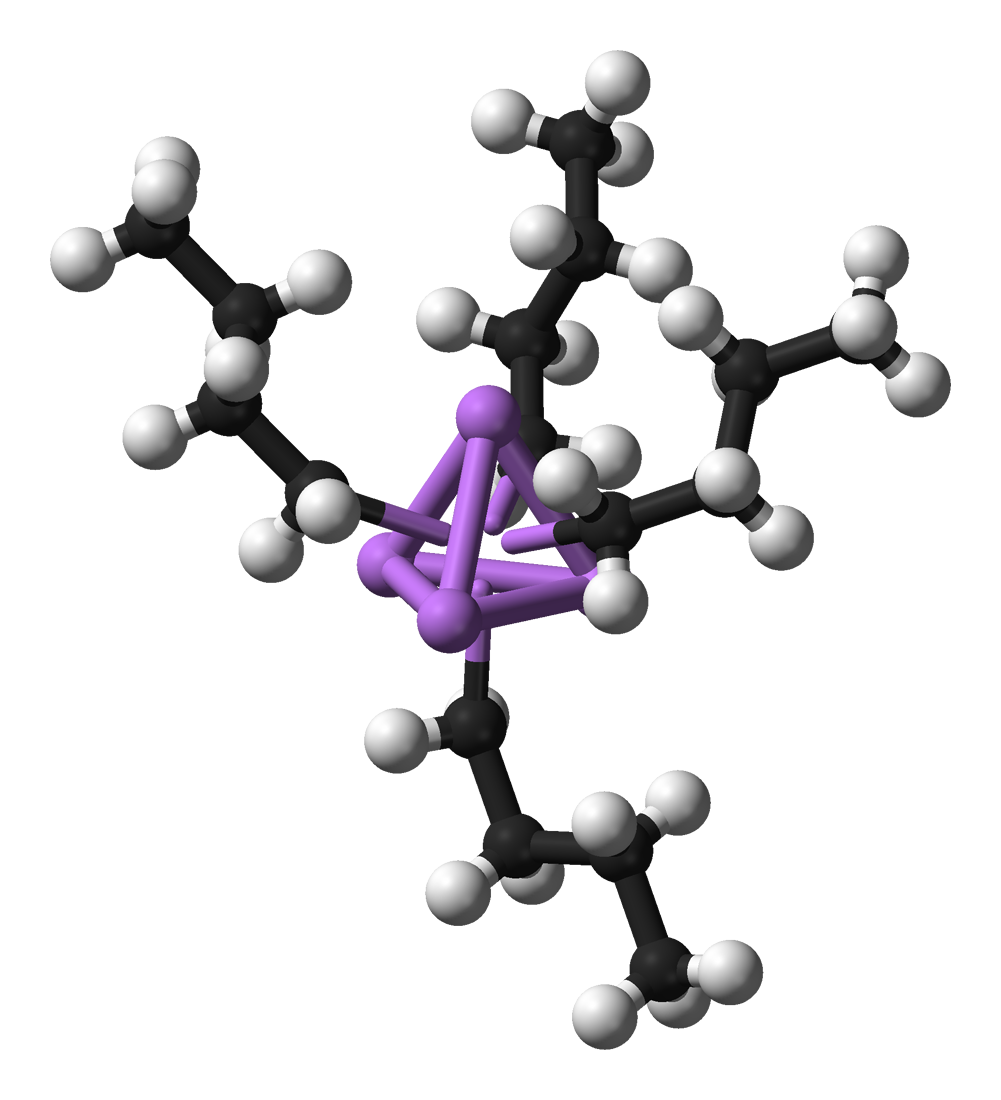Streamlining the Organometallic compounds
Stability of the transition metal complex:
Elements tend to
achieve the stability by making low energy compounds. Organometallic compounds
are the same. They are stable because they are lesser in energy with compared
to their individual forms. Scientists found that most of these metal complexes
have 18 electrons in the metal valence shell.
Application of the 18 electrons rule
**lets simplify the 18 e rule**
1 step: Count
the number of electrons in the valence shell of the metal
2 step: get the
dn configuration
3 step: count the
total number of electrons donate by the ligands
4 step: make corrections
for the charge
**Here is an example to make this easier to understand**
Example 01; Fe(CO)5
Step 1; Iron
belongs to the d block of the periodic table. [Ar]3d64s2
Step 2; dn configuration = d8
Step 3; Each
carbonyl donates 2 electrons. 2*5=10
Step 4;
well this compound is a neutral one. Therefore charge correction doesn’t apply
here.
Now the
total electron count can be calculated.
Total
electron count = 8 + 10 =18
Example 02; Mn(CO)5 Br
Step 1; Mn
belongs to the d block of the periodic table. [Ar]3d54s2
Step 2; dn configuration =
d7
Step 3;
Each carbonyl donates 2 electrons. 2*5=10
Bromine donates one electron and therefore total
= 11
Step 4;
well this compound is also a neutral one. Therefore charge correction doesn’t
apply here too.
Now the
total electron count can be calculated.
Total
electron count = 7 + 11 =18
Example 03; Mn-Mn(CO)5
Step 1; Mn
belongs to the d block of the periodic table. [Ar]3d54s2
Step 2; dn configuration =
d7
Step 3;
Each carbonyl donates 2 electrons. 2*5=10
Metal- metal bond donates one electron and
therefore total = 11
Step 4; here
the effect of the charge doesn’t apply.
Now the
total electron count can be calculated.
Total
electron count = 7 + 11 =18
References;
https://en.wikipedia.org/wiki/Organometallic_chemistry
http://www.chemohollic.com/2016/08/18-electron-rule.html



Comments
Post a Comment